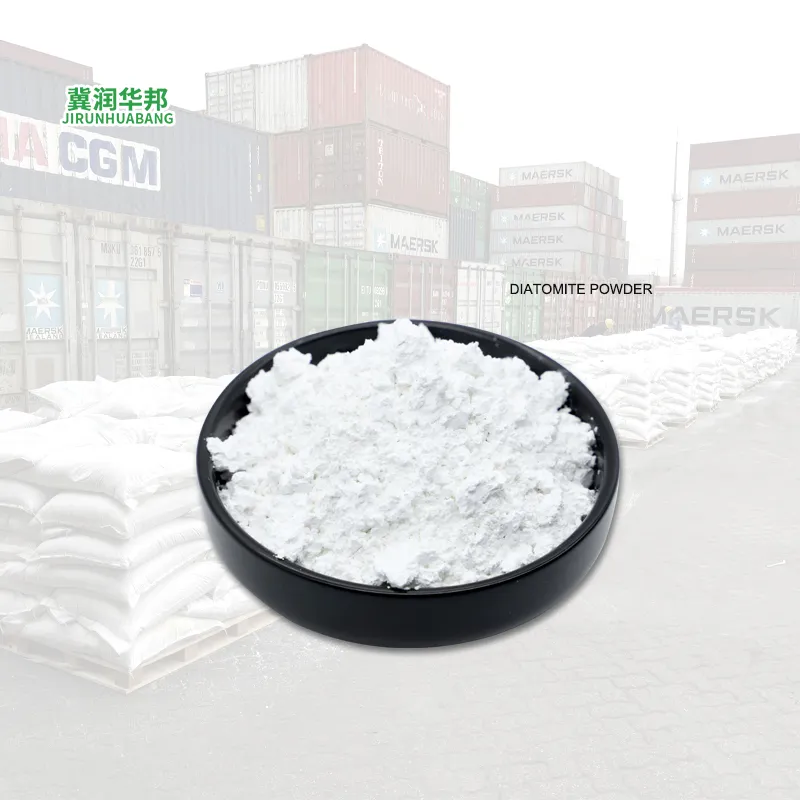Runhuabang Green zeolite powder 325 mesh feed added green zeolite powder aquaculture
Back to list
Februari . 17, 2025 15:07
Talc, a soft mineral with a lustrous sheen, serves as a cornerstone in many product formulations across diverse industries. Its unique properties as a lubricant and moisture absorber make it indispensable. In the personal care and cosmetics sector, talc stands out as a primary ingredient in baby powders and body powders, where its moisture-absorbing properties help keep skin dry, smooth, and refreshed. Its super-fine texture allows for smooth application, reducing friction and irritation, especially in areas prone to chafing.
In ceramics, talc plays a crucial role in the production of tiles and sanitaryware. It acts as a flux, lowering the firing temperature and enhancing the mechanical properties of the final product. This not only boosts efficiency in manufacturing but also ensures the creation of high-quality ceramic goods that are both durable and aesthetically pleasing. Despite its widespread applications, talc has been at the center of health-related discussions. It is crucial for the industry to address these concerns with transparency and robust science-backed assurances. Companies must emphasize quality control and adhere to rigorous safety standards to ensure trust and confidence in talc-containing products. Environmentally, sustainable sourcing of talc is becoming increasingly important. Responsible mining practices and adherence to environmental regulations are essential for minimizing the ecological impact. This conscientious approach not only protects natural resources but also enhances the reputation and credibility of brands using talc. In summary, talc’s multifaceted utilities make it a staple across various sectors of the economy. From enhancing product efficacy to improving manufacturing processes, the benefits of talc are manifold. However, with its widespread use comes the responsibility of maintaining ethical sourcing and addressing health concerns head-on. This approach not only bolsters consumer trust but also solidifies talc’s standing as an invaluable component in numerous product categories. Companies leveraging talc's properties must prioritize transparency, safety, and sustainability to align with modern consumer expectations and regulatory landscapes. By doing so, they can continue to innovate and harness talc’s potential for future advancements, ensuring it remains an essential material across industries.


In ceramics, talc plays a crucial role in the production of tiles and sanitaryware. It acts as a flux, lowering the firing temperature and enhancing the mechanical properties of the final product. This not only boosts efficiency in manufacturing but also ensures the creation of high-quality ceramic goods that are both durable and aesthetically pleasing. Despite its widespread applications, talc has been at the center of health-related discussions. It is crucial for the industry to address these concerns with transparency and robust science-backed assurances. Companies must emphasize quality control and adhere to rigorous safety standards to ensure trust and confidence in talc-containing products. Environmentally, sustainable sourcing of talc is becoming increasingly important. Responsible mining practices and adherence to environmental regulations are essential for minimizing the ecological impact. This conscientious approach not only protects natural resources but also enhances the reputation and credibility of brands using talc. In summary, talc’s multifaceted utilities make it a staple across various sectors of the economy. From enhancing product efficacy to improving manufacturing processes, the benefits of talc are manifold. However, with its widespread use comes the responsibility of maintaining ethical sourcing and addressing health concerns head-on. This approach not only bolsters consumer trust but also solidifies talc’s standing as an invaluable component in numerous product categories. Companies leveraging talc's properties must prioritize transparency, safety, and sustainability to align with modern consumer expectations and regulatory landscapes. By doing so, they can continue to innovate and harness talc’s potential for future advancements, ensuring it remains an essential material across industries.
Share
Previous:
